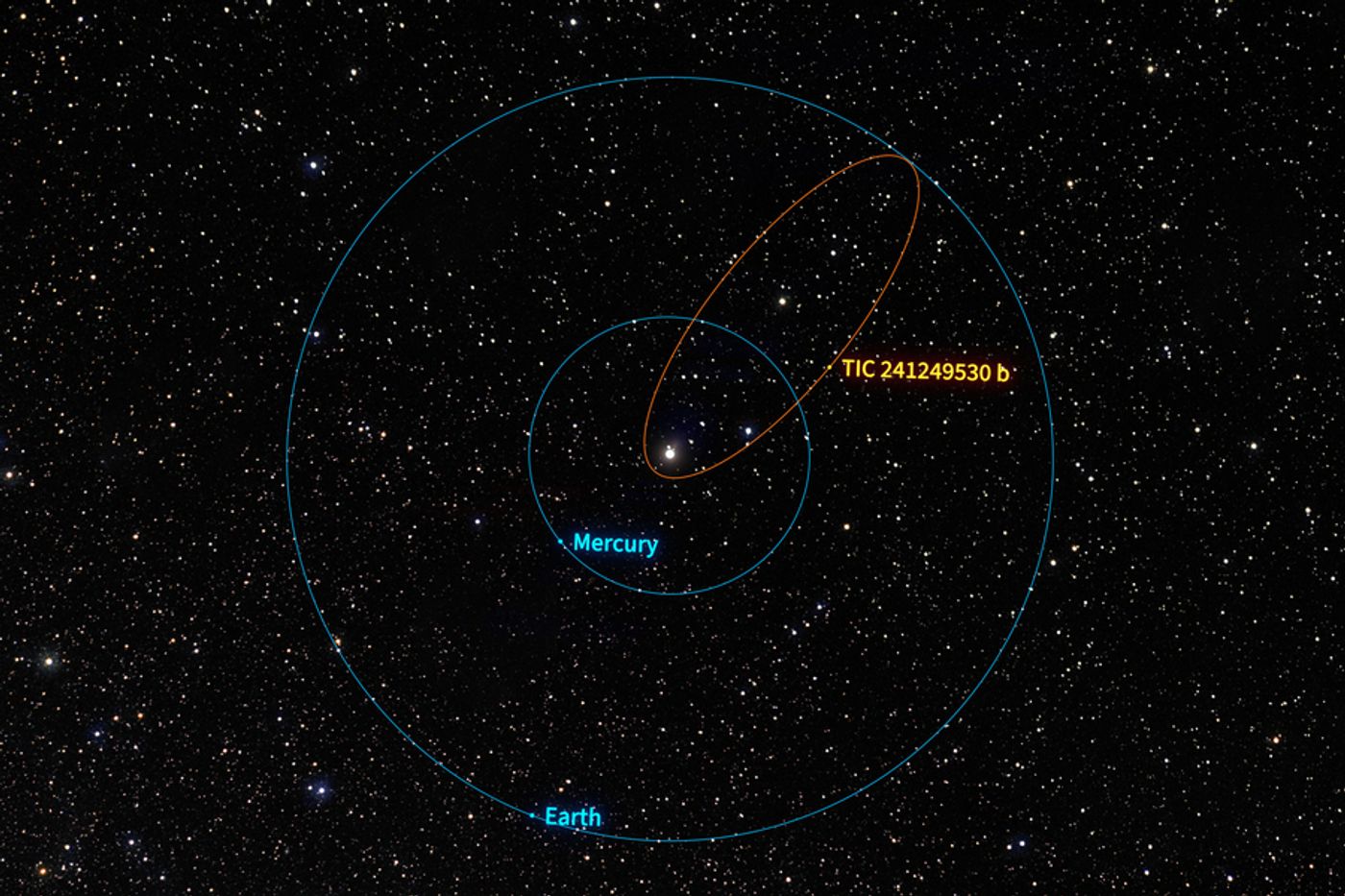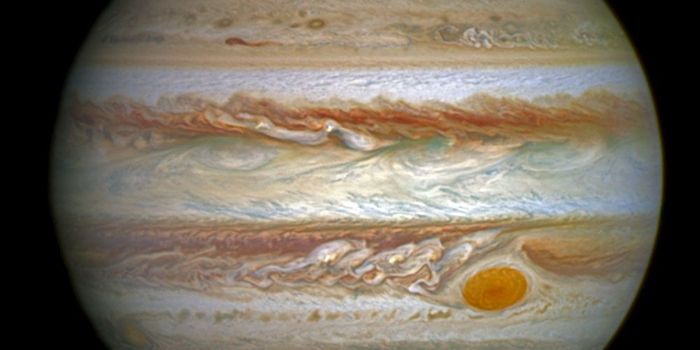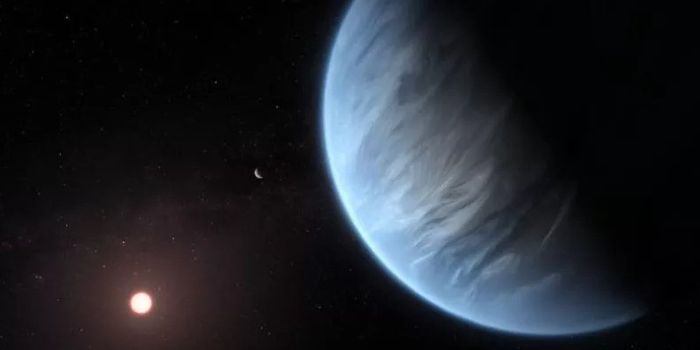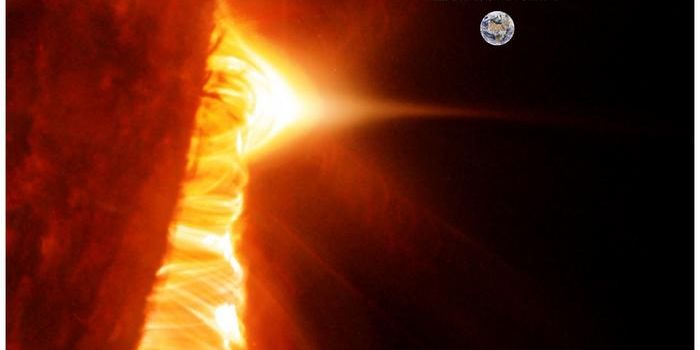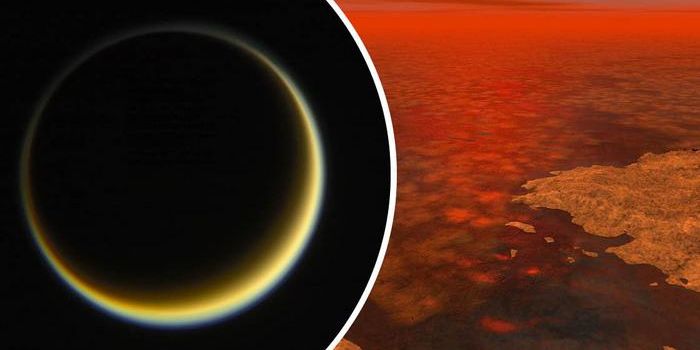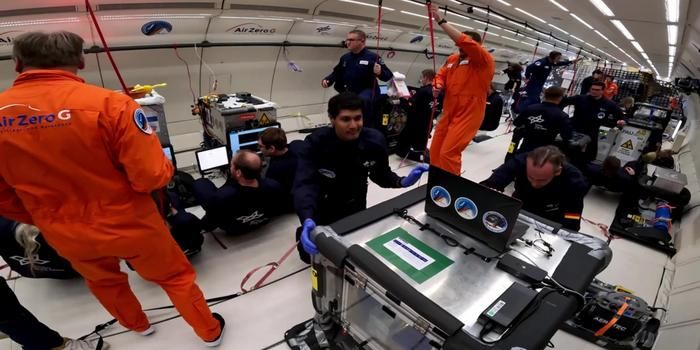Evolution of Hot Jupiters: From Cold Giants to Star-Hugging Worlds
How do exoplanets evolve throughout their lifetimes, specifically those known as “hot Jupiters”, which have been found to orbit extremely close to their parent stars? This is what a recent study published in Nature hopes to address as an international team of researchers investigated the highly eccentric orbit of TIC 241249530 b, which is a Jupiter-sized exoplanet located approximately 1,100 light-years from Earth. This study holds the potential to help astronomers better understand the formation of exoplanets like hot Jupiters and how their orbits evolve over time.
Now, TIC 241249530 b could help astronomers piece together the evolution of hot Jupiters given the exoplanet’s highly eccentric orbit, meaning it travels very close to its parent star at certain points followed by swinging back out to well beyond the parent star, completing one orbit in 167 days. Astronomers hypothesize this could mean that hot Jupiters initially begin as cold Jupiters in highly eccentric orbits only to slowly become more circular and closer to its parent star over time.
For the study, the researchers used computer models to simulate long-term orbits of TIC 241249530 b, whose star also orbits another star, making it a binary system. After modeling the gravitational relationship between TIC 241249530 b, its host star, and the second star, the team determined that TIC 241249530 b will eventually become a hot Jupiter several billion years from now. Additionally, they discovered that TIC 241249530 b started out as a cold Jupiter but whose orbit was stretched over time resulting from the gravity between its orbit and the binary star system.
“This new planet supports the theory that high eccentricity migration should account for some fraction of hot Jupiters,” said Dr. Sarah Millholland, who is an assistant professor of physics at the Massachusetts Institute of Technology and second author of the study. “We think that when this planet formed, it would have been a frigid world. And because of the dramatic orbital dynamics, it will become a hot Jupiter in about a billion years, with temperatures of several thousand kelvin. So, it’s a huge shift from where it started.”
Diagram showing the orbit of TIC 241249530 b compared to the orbits of Mercury and Earth. (Credit: NOIRLab/NSF/AURA/R. Proctor)
Astronomers have long been puzzled as to how hot Jupiters end up orbiting so close to their parent stars, with some taking only days to complete one orbit. In contrast, Jupiter orbits far away in our solar system, taking 4,333 Earth days (or approximately 12 Earth years) to complete one orbit, with no indication of migrating closer to our star and becoming a hot Jupiter itself.
What new discoveries about hot Jupiters will astronomers make in the coming years and decades? Only time will tell, and this is why we science!
As always, keep doing science & keep looking up!
Sources: Nature, EurekAlert!, Massachusetts Institute of Technology
